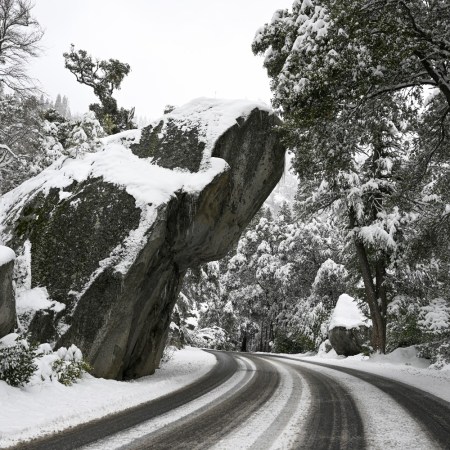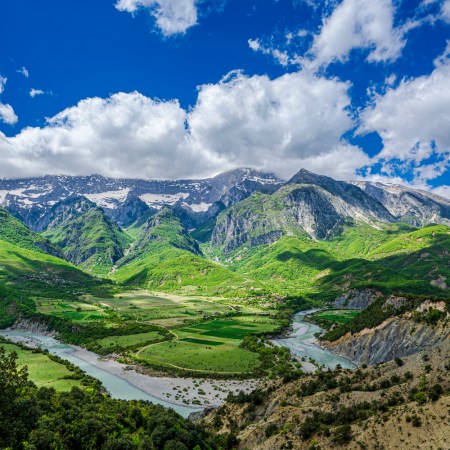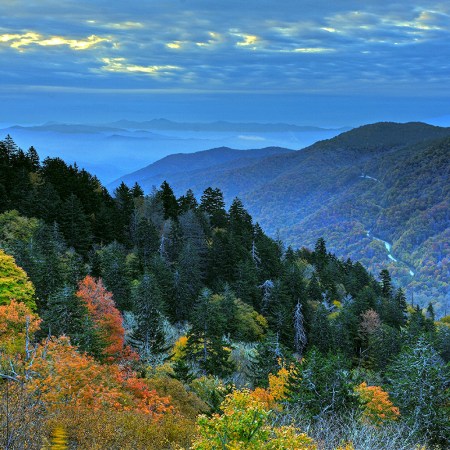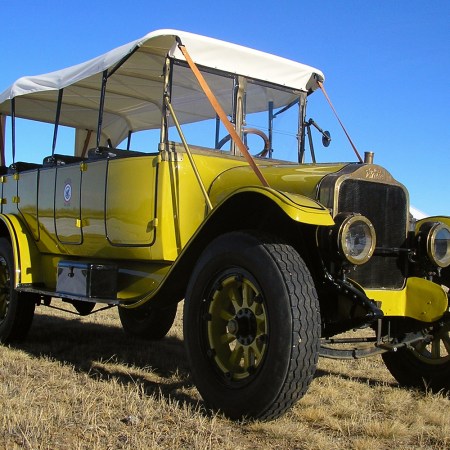It’s safe to say that we humans love this planet so much that we’re on pace to love it to death, eventually.
The latest evidence:
Outside Magazine just reported on the submission of the Human-Powered Travel in Wilderness Areas Act, a proposed piece of legislation that would allow mountain biking in federally protected lands (so, any spaces run by the National Parks, National Forests, Bureau of Land Management and Dept. of Fish and Wildlife).
It’s an amendment to the Wilderness Act of 1964, which states that “there shall be no temporary road, no use of motor vehicles, motorized equipment or motorboats, no landing of aircraft, no other form of mechanical transport.” This includes hang gliders and bikes.
If rectified, states would have two years to restrict usage within their jurisdictions. If they choose not to, well, you will be then free to bike about the country.
The act comes about at least in part thanks to the efforts of the Sustainable Trails Coalition … although the bill was proposed by two Republican senators — Utah’s Mike Lee and Orrin Hatch — with abysmal track records on sustainability and environmental protection.
It’s clear where bikers stand on the issue: Outside cited a recent study showing that 96 percent of cyclists support the legislation.
So should it happen? Our gut says no. The country isn’t hurting for great mountain bike trails, so why extend the footprint?
But we’re also pragmatists, and empowering organizations like the aforementioned Sustainable Trails Coalition to extend their mission could outweigh the negative impacts of opening trails on federally protected land.
Hence, here’s our little manifesto on the stipulations that would need to be met to assure that the legislation doesn’t do more harm than good:
1. Its application needs to be aggressively limited. Meaning: no willy-nilly, all-access passes for bikers in National Parks and other protected land reserves.
2. It must be accompanied by more conservation efforts and forbid development and extraction in Federal lands. If bikers are asked to pay tariffs and invest in conservation — accompanied with the limitations of no. 1, of course — opening trails could lead to preservation rather than depletion.
3. It should be restricted in areas that already have a ton of trails. Plenty of state-protected land in places like Colorado, California and Utah are already open to mountain bikers. In areas that have a surplus of trails at present, why open new ones?
4. It should include environmental education measures. Right now, the quanitifiable impact of bikers on the environment isn’t even clear. In fact, Outside pointed out that there is evidence that mountain biking is less harmful to the woods than riding a horse. So before we start chopping down trees and building singletrack, there needs to be a dedicated effort to A) better understand how biking affects ecology, and B) educate mountain bikers on safety and best practices.
That’s where we stand on this issue.
What do you think?
This article was featured in the InsideHook newsletter. Sign up now.





















